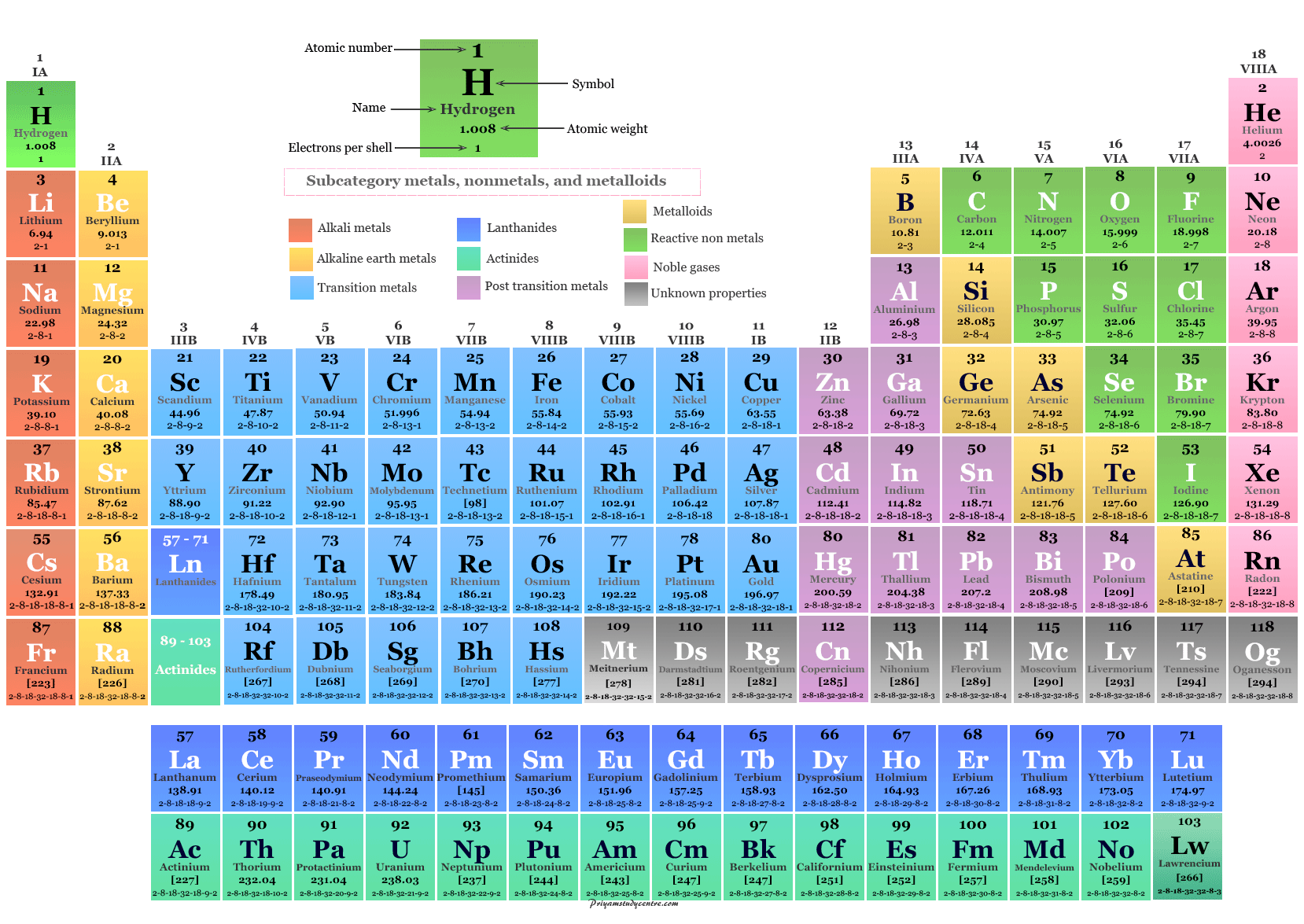

Each of the elements in a periodic table is represented by a unique symbol. The word Element can describe a component or ingredient of a whole, or one of the pieces that may be broken down into a whole by.
:max_bytes(150000):strip_icc()/GettyImages-1154261034-08fa91cb3d8942c093b9e6b66a26f690.jpg)
Atoms of an element can neither be destroyed nor be created in a chemical reaction such as phosphorus (P4) or sulphur (S8) molecules cannot be broken into simpler substances.The three main characteristics of an element are given below: This periodic table shows the geochemical classification of the elements. A specific set of values or range of values may also be part of the definition. Atmophile: Volatile compounds exist at exceptionally low temperatures such as H, C, N, He, Ne, Ar, Kr, Xe, Rn. A data element is defined by size (in characters) and type (alphanumeric, numeric only, true/false, date, etc.).Pt, Pd, Ir, Ru, Rh, and Os are some of the elements. Elements of a Set: Symbols and Examples Author Antonette Dela Cruz View bio Instructor Allison Petrovic View bio Learn to define what an element is in math. Siderophile: Iron loving elements found in the metallic core of earth in the form of alloy.Example: Pb, Zn, Cd, Mo Cu, Hg, Sb, Sn, Tl, Te, As and much more. Chalcophile: Elements which form disulfide bonds and are highly insoluble sulfides as well as have low affinity of oxygen.In most cases, they have a relatively simple crystal structure distinguished by a close packing of atoms and a high degree of symmetry. Mg, Mn, Ti, Na, Ca, K, U, Th, Si, and Fe are some of the examples of lithophiles. Britannica Quiz Building Blocks of Everyday Objects liquid metal See all videos for this article Metals are usually crystalline solids. Changing the number of neutrons produces. Varying the number of electrons in an atom of an element produces ions.

For example, a hydrogen atom has 1 proton, while a carbon atom has 6 protons. Each element has a unique number of protons in its atom. Lithophiles:Elements which are found in the rock structure, or in the mantle or crust of earth come under this category. A chemical element is a substance that cannot be further broken down by any chemical reaction.
Element definition and example how to#
The radioisotopes are used to monitor DNA replication, and also to monitor pollutants and water runoffs. Well organized and easy to understand Web building tutorials with lots of examples of how to use HTML, CSS, JavaScript, SQL, Python, PHP, Bootstrap, Java, XML and more. The radioisotope loses energy and emits radiation due to an unstable atomic nucleus that is called radioactive decay. Radioactive isotopes are known as radioisotopes. Isotopes have the same number of protons and a different number of neutrons therefore they have the same atomic number but different mass numbers.įor example, carbon can exist in three isotope forms: carbon-12, carbon-13, and carbon-14. IsotopesĪn element can have different forms based upon the different number of neutrons within its nuclei, these forms are called isotopes. The example of trace elements includes copper, zinc, manganese, iodine, and sulfur, etc. The trace elements are required in a very small amount for the survival of the organism. Compounds and mixtures like water or stainless. As compared to bulk elements, the macrominerals are needed in lower amounts, such as calcium, phosphorous, potassium, and chlorine, etc. What are ten examples of elements Elements are things like oxygen, helium, sodium, hydrogen, gold, carbon, lithium, nitrogen, uranium, copper. Bulk elements include carbon, hydrogen, oxygen, and nitrogen that have a large proportion of the human diet.


 0 kommentar(er)
0 kommentar(er)
